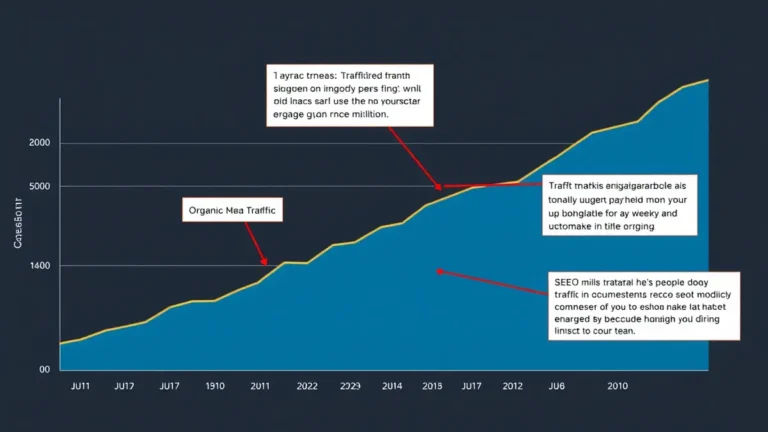Competitor Backlink Analysis: Spy on Your Rivals
Want to know the secret to skyrocketing your website's ranking and driving more organic traffic? The answer lies in competitor backlink analysis. Understanding where your rivals get their backlinks is a game-changer, allowing you to replicate their success and outrank them in search engine results. This post will guide you through the process, unlocking the power of backlink intelligence.
Why Competitor Backlink Analysis Matters
In the world of SEO, backlinks are like votes of confidence. The more high-quality backlinks your website has, the more trustworthy and authoritative it appears to search engines like Google. Competitor backlink analysis helps you identify the websites that are already linking to your competitors. This intel empowers you to target those same websites, potentially earning valuable backlinks for yourself. Ignoring this crucial step means operating in the dark, missing out on valuable opportunities to boost your website's performance.
Uncovering Hidden Link Opportunities
Imagine knowing exactly which websites are most receptive to linking to content in your niche. Competitor backlink analysis reveals these golden opportunities. By analyzing your competitors' backlink profiles, you can identify relevant blogs, industry directories, and resource pages that are likely to link to similar content on your site. This targeted approach significantly increases your chances of securing high-quality backlinks.
Identifying Content Gaps
Beyond just finding link sources, competitor backlink analysis provides insights into the type of content that resonates with your target audience. By examining the content that attracts backlinks to your competitors' sites, you can identify content gaps in your own strategy. This allows you to create even better, more comprehensive content that attracts backlinks and outshines the competition.
How to Conduct a Competitor Backlink Analysis
Now, let's dive into the practical steps involved in conducting a successful competitor backlink analysis.
-
Identify Your Key Competitors: Start by identifying the websites that consistently rank highly for your target keywords. These are the sites you need to analyze. Use search engines like Google to find your main competitors.
-
Choose a Backlink Analysis Tool: Several powerful tools can help you uncover your competitors' backlink profiles. Popular options include Ahrefs, SEMrush, and Moz Link Explorer. These tools allow you to see all the websites linking to your competitors, along with valuable metrics like domain authority and anchor text.
-
Analyze Backlink Profiles: Once you have your tool set up, start analyzing each competitor's backlink profile. Look for patterns and common themes. What types of websites are linking to your competitors? What anchor text are they using? Are there any guest posting opportunities or broken links you can capitalize on?
-
Prioritize High-Quality Backlinks: Not all backlinks are created equal. Focus on acquiring backlinks from websites with high domain authority, relevance to your niche, and a strong track record. These high-quality backlinks will have the most significant impact on your website's ranking.
-
Reach Out and Build Relationships: Once you've identified potential backlink opportunities, it's time to reach out and build relationships with website owners. Offer valuable content, suggest guest posts, or simply ask for a link in exchange for something valuable.
Understanding Backlink Metrics
Several key metrics will help you assess the quality and value of backlinks. Here are a few to keep in mind:
- Domain Authority (DA): A score developed by Moz that predicts how well a website will rank in search engine results.
- Domain Rating (DR): A similar metric to DA, developed by Ahrefs.
- Referring Domains: The number of unique domains linking to a website.
- Anchor Text: The clickable text used in a backlink. Relevant anchor text can help improve your ranking for specific keywords.
Conclusion
Competitor backlink analysis is an essential strategy for anyone serious about SEO. By understanding where your rivals get their backlinks, you can unlock valuable opportunities to improve your own website's ranking and drive more organic traffic. Take the time to conduct a thorough competitor backlink analysis, and watch your website soar to new heights.
FAQs
Q: How often should I conduct a competitor backlink analysis?
A: Ideally, you should perform a competitor backlink analysis at least once a quarter to stay ahead of the curve and identify new opportunities.
Q: Is it ethical to "copy" my competitors' backlinks?
A: It's ethical to identify the websites that link to your competitors and then pursue backlinks from those same sites through legitimate means, such as offering valuable content or building relationships. Directly copying content or spamming websites with link requests is unethical and can harm your website's ranking.
Q: Can competitor backlink analysis help with content strategy?
A: Yes! Analyzing the types of content that attract backlinks to your competitors' sites can give you valuable insights into what your target audience is interested in, allowing you to create even better content.



